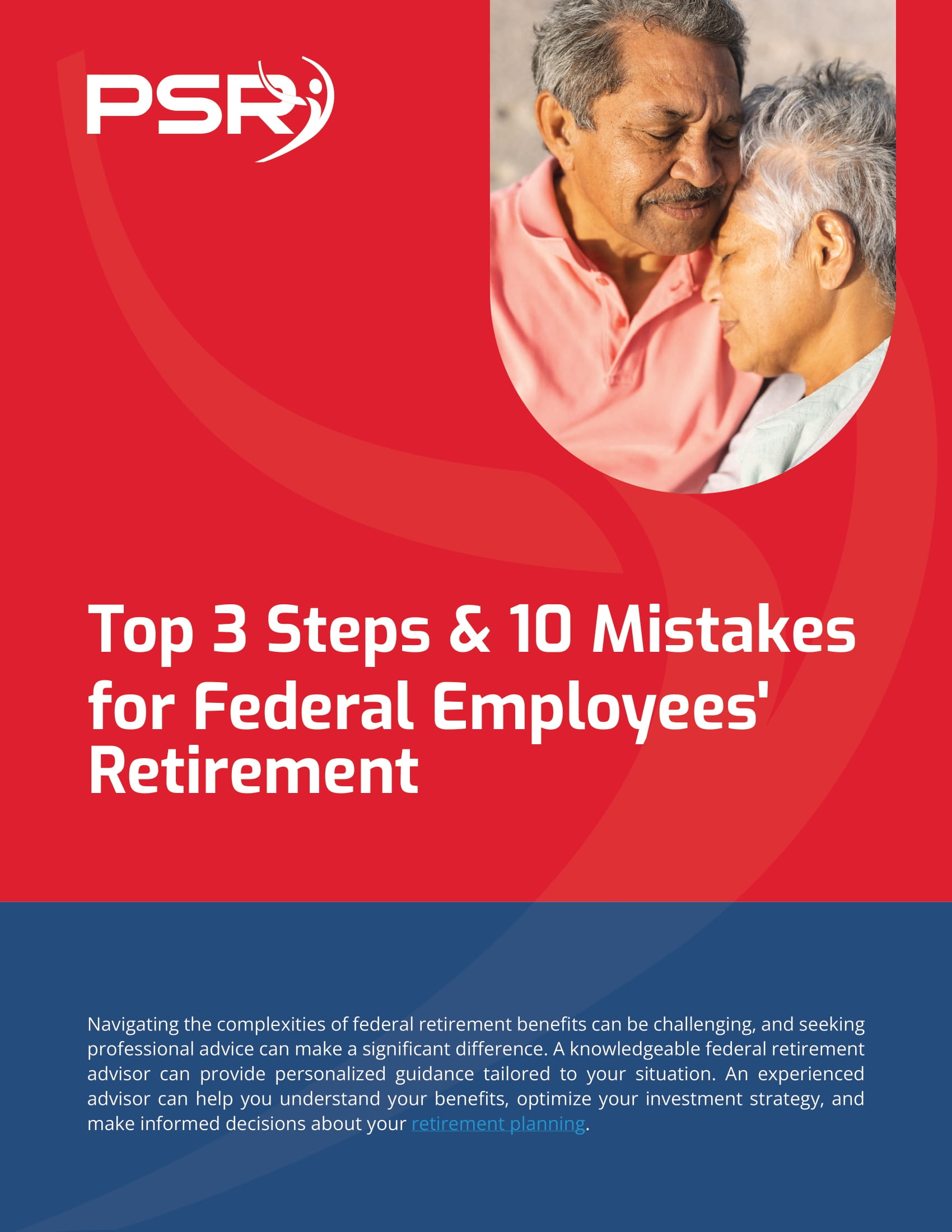The FEHBP, the biggest employer health insurance plan in the US, is supposed to cover 8.5 million individuals, including retirees, government workers, and their families. The primary benefit of the program was that it gives federal employees and retirees the peace of mind that they are shielded from expensive out-of-pocket medical expenses.
But we are witnessing some changes in practices in the FEHB program. The employees or FEHB enrollees pay out-of-pocket costs for their health care regardless of their FEHB health insurance. According to an Employee Benefit Research Institute report, the recent trend in health insurance that has been a sore point for FEHB enrollees is rising out-of-pocket expenditures for healthcare services. Let me decipher more about the findings of Employee Benefits Research on Federal Employee and Retiree health benefits plans.
Increase in Insurance Premium Paid By FEHB Enrollees
- Also Read: FAA, Law Enforcement, and Special Federal Employee Categories—Here’s What Makes Their Retirement Unique
- Also Read: Blending Private and Public Sector Retirement Plans Is Complicated—Here’s Where Couples Get It Wrong
- Also Read: The Silent Shift in Postal Service Retirement Benefits That Could Change Everything by 2026
According to the EBRI report, rising out-of-pocket expenses have been a general trend in the healthcare industry. People with health coverage via their workplace frequently pay more out of cash for healthcare services than they did previously. In certain situations, they have claimed that the OPM artificially cut premiums—which receive the greatest attention—by permitting plans to transfer costs to out-of-pocket expenses.
Increase in Copayments and Coinsurance Rates
Besides, copayments have also been rising. The average office visit copayment has risen from $22.30 in 2002 to $26.90 in 2020. Coinsurance rates for office visits rose relatively slowly. Still, because coinsurance requires plan members to pay a portion of the fee, out-of-pocket coinsurance payments rise in tandem with office visit expenses.
According to the research, despite this growth, the proportion of individuals with past-due medical expenses has remained relatively consistent since 2015. But inflation hikes will, in all circumstances, eventually lead health care expenses to grow as well. It is only a matter of time until the percentage of previous-due medical bills rises.
In a Nutshell
Federal employees and retirees are getting health care benefits through health insurance from the government. Still, they are being looted in the form of extra out-of-pocket costs for their health care services. The overall health insurance premium is also increasing, decreasing their remaining salary. During this rising inflation trend, it is difficult for them to cover the cost of their bread and butter.
Contact Information:
Email: [email protected]
Phone: 2178542386
Bio:
Bill and his associates of Faith Financial Advisors have over 30 years’ experience in the financial services industry.
He has been a Federal Employee (FERS) independent advocate and an affiliate of PSRE, Public Sector Retirement Educators, a Federal Contractor and Registered Vendor to the Federal Government, also an affiliate of TSP Withdrawal Consultants.
Bill will help you understand the FERS Benefits and TSP withdrawal options in detail while also helping to guide you in your Social Security choices.
Our primary goal is to guide you into your ment with no regrets; safe, predictable, stable and for life using forward thinking ideas and concepts.
Bullet points:
> Financial Services consultant since 1984
> FERS independent advocate and an affiliate of Public Sector Retirement Educators (PSRE), a Federal Contractor and Registered Vendors to the
Federal Government
> Affiliate of TSP Withdrawal Consultants
> His goal is to guide individuals into retirement with safe, and predictable choices for stability using forward thinking ideas and concepts.












